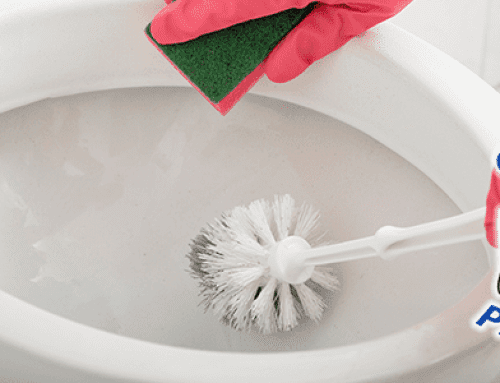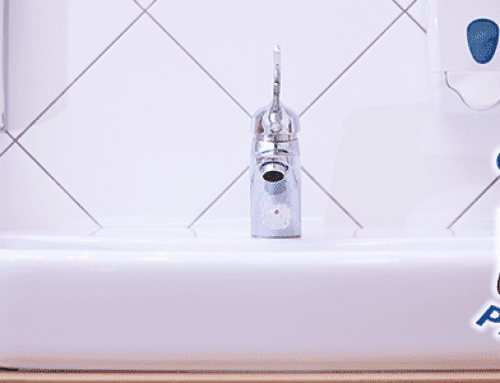In our previous article, Dealing With A Slow Draining Toilet, Part One, we discussed the common reasons that may lead to a toilet drain slow. We also gave some tips to use in the diagnosing of the problem that may resolve the issue completely. If the tips did not resolve the slow draining issue, then this article is for you. In this article, we discuss simple repairs you can do to try and resolve or mitigate a slow draining toilet.
Replace The Fill Tube
The fill tube is a black rubber tube that essentially connects the tank reservoir to the toilet bowl via the overflow tube. Every time a toilet is flushed, the water in the tank reservoir is expelled into the fill tube to be transferred into the toilet bowl. This process creates the force needed from the water jet holes to displace the waste in the toilet bowl and force it down the drain.
Since the fill tube is made of rubber, it sometimes cracks or develop leaks. These issues develop as a result of the wear and tear caused by regular usage. If that is the case, by replacing the fill tube, the toilet should operate normally, and it should resolve the slow draining issues.
Replace The Toilet Bowl
Most toilets in use are made out of porcelain. As a result, the porcelain can develop cracks that may lead to leaks. Even the smallest of cracks in the porcelain can lead to slow draining issues. If the floor near the toilet commonly has water around it, this is a strong indicator of a leak. If the leak is a result of a crack in the porcelain, then the toilet bowl will need to be removed and replaced.
Check The Vents
Every modern indoor toilet is connected to a vent. These vents allow air to enter the plumbing system, thus helping with the displacement of waste into the drain. On the other hand, they also help safely release the toxic fumes that buildup in the plumbing. Many times these vents can be blocked by a dead animal or debris from an overhanging tree. If these vents are blocked, not only is not enough air getting in to allow a regular drain, but it can also lead to a health hazard. By checking the vents and removing anything that may be blocking these vents, the toilet should drain normally.
Use A Plunger
One true and tried method of unclogging a toilet is the toilet plunger. Toilet plungers are relatively inexpensive, and every home should have one. Use the toilet plunger over the hole in the back of the toilet. Create a seal between the rubber of the plunger and the hole in the toilet to create a vacuum. Pump the plunger in an up and down motion without breaking the seal for a few minutes. This vacuum may cause the blockage to move and allow for the toilet to drain properly.
Use A Cleaning Mixture
Although it is never recommended to use the commercial draining chemicals sold in stores, especially since the plumbing is part of a septic system, a cleaning mixture might resolve the issue. A homemade mixture of hot water, vinegar, and baking soda interact to remove debris that may be in the drain. If those ingredients are not readily available, then dishwasher soap or laundry detergent can be used.
Use A Snake
A snake is another great tool that can be used to dislodge a blockage. A snake is a long flexible piece of metal that can be inserted into the hole at the back of the toilet. The snake can then be pushed into the piping of the plumbing until it gets to the blockage. Turning the snake in either a clockwise or counter-clockwise direction will either break up the blockage or have the blockage wrap around it so it can be pulled out.
Contact Conyers Plumbing
When all else fails, there is always the option to call in a team of professionals. Conyers Plumbing has been providing reliable service to our customers for years. For any of your plumbing needs, contact the professional at Conyers Plumbing for a consultation.




